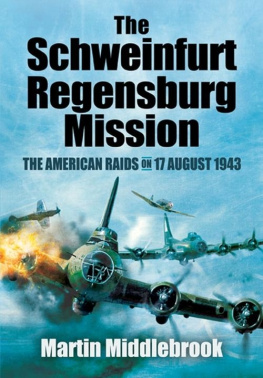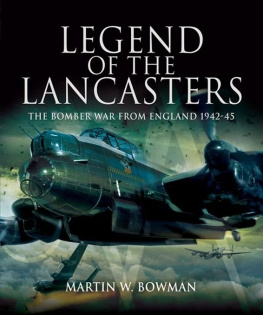For
Margaret and
Kate
First published in Great Britain in 2006
By Pen and Sword Aviation
An imprint of Pen and Sword Books Ltd
47 Church Street
Barnsley
South Yorkshire
S70 2AS
Copyright Philip Kaplan 2006
9781783460519
The right of Philip Kaplan to be identified as the author of this work has been asserted by him in accordance with the Copyright, Designs and Patents Act 1988.
A CIP record for this book is available from the British Library.
All rights reserved. No part of this book may be reproduced or transmitted in any form or by any means, electronic or mechanical including photocopying, recording or by any information storage and retrieval system, without permission from the Publisher in writing.
Typeset by Philip Kaplan
Printed and bound by Singapore
By Kyodo Printing Co. (Singapore) Pte Ltd
Pen and Sword Books Ltd incorporates the imprints of Pen and Sword Aviation, Pen and Sword Maritime, Pen and Sword Military, Wharncliffe Local History, Pen and Sword Select, Pen and Sword Military Classics and Leo Cooper.
For a complete list of Pen and Sword titles please contact
Pen and Sword Books Limited
47 Church Street, Barnsley, South Yorkshire, S70 2AS,
England
E-mail: enquiries@pen-and-sword.co.uk
Website: www.pen-and-sword.co.uk
Grateful acknowledgment is made to the following for the use of extracts from their previously published material.Efforts have been made to trace the copyright owners of material used in this book. The authors apologize to any copyright owners we were unable to contact during this clearance process.
Ambrose, Stephen E., Wild Blue , Simon & Schuster, 2001.
Armstrong, Roger W., USA The Hard Way , Quail House, 1991.
Caidin, Martin, Flying Forts , Meredith Press, 1968.
Campbell, James, The Bombing of Nuremberg , Doubleday, 1974.
Charlwood, Don, Journey Into Night , Angus & Robertson.
Cheshire, Leonard, Bomber Pilot , Hutchinson & Co., 1943.
Comer, John, Combat Crew , Sphere Books, 1988.
Cooper, Alan, The Men Who Breached The Dams , Airlife, 1993.
Crisp, N.J., Yesterdays Gone , Penguin Books, 1983.
Currier, Donald R., 50 Mission Crush , Pocket Books, 1992.
Deighton, Len, Bomber , Harper & Row, 1970.
Dunmore, Spencer, Final Approach , Peter Davies Ltd., 1976.
Dunmore, Spencer, Bomb Run , Pan Books, 1971.
Fletcher, Eugene, Fletchers Gang , Univ. of Washington Press, 1988.
Frankland, Noble, The Bombing Offensive Against Germany , Faber and Faber, 1965.
Freeman, Roger A., The Mighty Eighth , Macdonald and Co., 1970.
Galland, Adolf, The First and The Last , Henry Holt and Co., 1954.
Gibson, Guy, Enemy Coast Ahead , Pan Books, 1946.
Godfrey, John T., The Look of Eagles , Random House, 1958.
Harvey, J. Douglas, Boys, Bombs and Brussels Sprouts , McClelland and Stewart, 1981.
Hastings, Max, Bomber Command , Michael Joseph, 1979.
Hawkins, Ian, The Mnster Raid , Tab Books, 1984.
Hersey, John, The War Lover , Alfred A. Knopf, 1959.
Horwitz, Julius, Can I Get There By Candlelight , Atheneum, 1963.
Hutton, Bud, and Rooney, Andy, Air Gunner , Farrar & Rinehart, 1944.
Koger, Fred, Countdown! , Algonquin Books of Chapel Hill, 1990.
Lay, Jr., Beirne, and Bartlett, Sy, 12 OClock High! , Ballantine Books, 1948.
LeMay, Curtis E., and Kantor, MacKinlay, Mission With LeMay ,
Doubleday, 1965.
Mayhew, Margaret, The Crew , Corgi Books, 1997.
McCrary, John R., and Scherman, David E., First of the Many , Simon
& Schuster, 1944.
Middlebrook, Martin, The Battle of Hamburg , Charles Scribners Sons, 1981.
Merrill, Sandra D., Donalds Story , Tebidine Publishing, 1996.
Morrison, Wilbur H., Fortress Without A Roof , St Martins Press, 1982.
Murrow, Edward R., This Is London broadcast, December 4, 1943.
Nalty, Bernard, and Berger, Carl, The Men Who Bombed The Reich ,
E.P. Dutton, 1978.
Newhouse, James Keith, unpublished Second World War diary.
Overy, R.J., The Air War 1939-1945 , Stein and Day, 1981.
Peaslee, Budd J., Heritage of Valor , J.B. Lippincott Co., 1964.
Stiles, Bert, Serenade To The Big Bird , W.W. Norton & Co., 1952.
United States War Department, Instructions For American Servicemen in Britain 1942 , 1942.
PREFACE
There is something evocative about a wartime airfield; strangely, the more derelict the site the more evocative it is. Time and nature may have rusted the ironwork, rotted the timber, cracked the glass and concrete, and overwhelmed all but the most substantial structures; nettles, scrub and brambles may flourish everywhere, but a certain aura lingers on.
Beside the roadway, near what was once the entrance, there may be a column or a cross carved out of stone, and possibly a plaque inscribed with unit numbers, names and mottoes. That memorial was probably erected by the veterans of a group or squadron in honour of their comrades who never saw VE-Day, nor enjoyed the peace for which they gave their lives.
If you leave the memorial and force a way through the undergrowth, you may find a dilapidated Maycrete or Nissen hut where once somebody livedsomeone whose squadron is remembered on the plaque; now, that wartime billet is a store for farm machinery. Walk out across the grass onto what was once the airfield, and you may feel the solid remnants of a mile-long concrete runway underneath your feet.
We dont need the expensive heavy bomber; it demands an excessive amount of material by comparison with the two-engined dive-bomber. Ernst Udet, First World War German fighter ace and consultant to the German Air Force in 1940
Relax, look around, and absorb the atmosphere. Listen for a momentcould that be the sound of distant aero engines, or is it merely the moaning of the wind? Is someone towing a bomb trolley back there on the taxiway, or is it just another of the farmers tractors? Look back through the mist (there often is a mist), and there stands the control tower, square-built and solid, always the structure most likely to survive. Behind it, through the treestrees so much higher than they were in wartimethere may be another building, tall, with double doors, where they used to house the fire truck when the field was operational.
Half a century ago, it cost a million man-hours and two million pounds (just under five million dollars) to construct a base like this; now what is there to show for all the expenditure of treasure, toil and time? Where are the hangars, the workshops and the armoury? Where are the squadron offices, the operations block and crew rooms? Where are the cinema, the Red Cross Club, the NAAFI? What happened to the sick bay and the guard room, the instrument and radar huts? Is there now no sign of the huts where they packed the parachutes, serviced the machine-guns, ran the teleprintersno sign of the bomb dump and the motor pool? No wonder that a veteran, taking one last look, is not entirely sure of where it was he ate his meals or hit the sack, or where they used to brief him for his bombing missions.

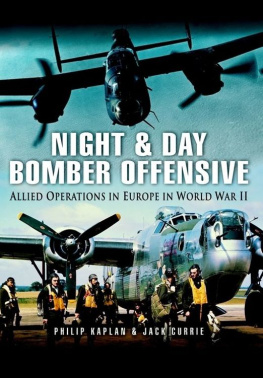

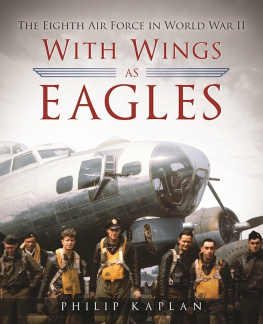
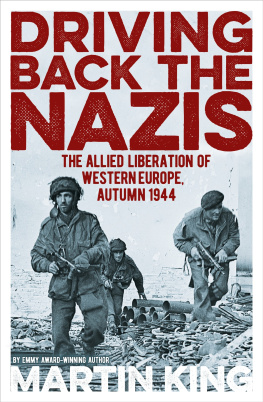

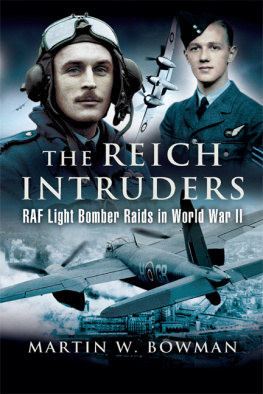

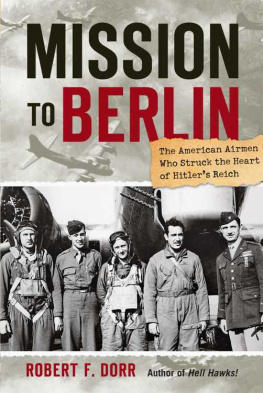
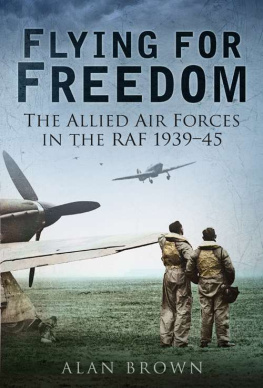
![Russell - Leaping The Atlantic Wall - Army Air Forces Campaigns In Western Europe, 1942-1945 [Illustrated Edition]](/uploads/posts/book/94591/thumbs/russell-leaping-the-atlantic-wall-army-air.jpg)
